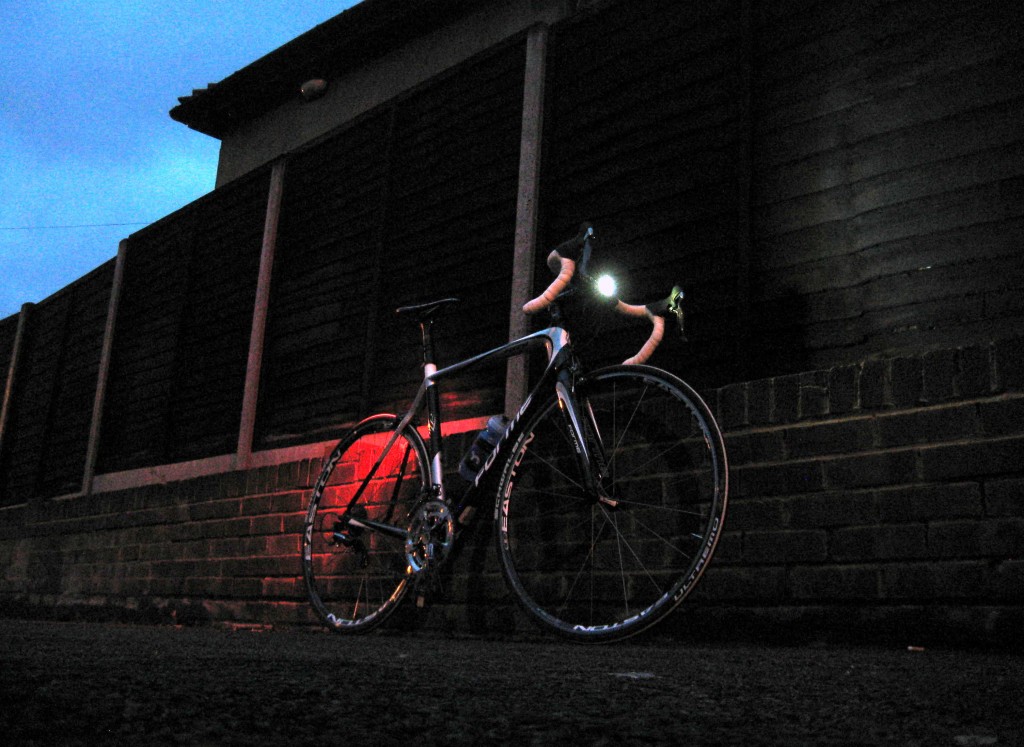An ultramarathon is any run exceeding the marathon distance of 26.2 miles, or 42 kilometers. Many people now choose it as an endurance test. Examine this article to learn more about how an ultramarathon can affect your body.
Ultramarathon’s definition
An ultramarathon is defined as a race longer than a typical marathon of 26.2 miles. This can be anything from a 50k run to 200 miles, or any distance in-between!
Training for an ultramarathon is a huge undertaking with few shortcuts. Most runners, however, enter the ultramarathon because it can be an extremely rewarding and transformative experience – both in training and during the event.
When you’re out running for several hours – often in remote areas – there’s less room for error and less opportunity to “wing it,” as you might in shorter events. In other words, ultramarathon running is all about meticulous preparation. This entails concentrating on run training, mental training, nutrition, hydration, gear, pace strategy, and knowing what to do if the wheels come off.
See also: How to Choose The Right Running Socks (Advice from Athletes)
What is the difference between a marathon and an ultramarathon?
1. Ultramarathon = Endurance, not Speed
When you progress to ultramarathons, your priority should be to simply improve your ability to run for hours on end. Being able to run a fast marathon is meaningless if you bonk at the 30-mile mark (which is extremely common among newbie ultrarunners). Running a marathon requires a lot of endurance, but you’re also usually combining speed and a high rate of effort to finish in a good time. When it comes to ultramarathons, you want to run at a lower intensity in order to maintain your energy for a longer period of time.
2. You can’t wing an ultramarathon
In half and full marathons, there’s a certain amount of leeway in there for you to turn up and wing it without having prepared properly. If you get hurt or hit the wall about two-thirds of the way through a city marathon, you can usually limp to the finish line. Even if your finishing time isn’t anything to brag about, you’re still a finisher.
In ultramarathons, there’s no winging it. You are either sufficiently prepared to run the race, or you won’t complete it. That’s why training based on endurance is so necessary – you may not be the fastest, but if you’ve conditioned your body to run for endless hours, you’re in a much better space.
3. Ultramarathon takes you off-road
Most ultramarathons take place on trails and other weird, remote places.
In comparison, most marathons are held in cities and cover flat, easy roads. To begin with, running on trails is slower than running on tarmac. Because of the uneven surface, each step lands slightly differently, necessitating more energy. With gradients, obstacles, climbs, rivers, and anything else, running on trails is a lot more interesting than running on the road.
Ultra routes are often more remote too – the aid stations might be sparser, and if you get into trouble you’re further from help. All the more reason to be well prepared, and train to avoid injury or bonking!
4. Ultramarathon is more friendly
It’s often said that the ultra-running community is a tighter-knit bunch than shorter distance runners. They’re together for longer, sharing a more intense experience, and there’s less of us too.
In the tough stages of a long ultra, it’s easy to find yourself buddying up with strangers and spending hours running together. Ultrarunning makes you closer to other people.
5. Ultramarathon requires more self-sufficiency
Ultra-runners tend to be better prepared than your average runner.
- They’ll almost always do their long training runs with a vest or pack which is loaded with fuel, water, and contingency supplies.
- They know exactly how many gels to take, and when to take them.
- They’ve got some kinseo tape and a painkiller stashed away in case things go wrong.
- And they’ve spent time refining every piece of gear they carry.
6. Ultrarunning is as much a mental game as a physical one
Running ultramarathons entails exposing yourself to extreme discomfort for extended periods of time. In fact, it has been demonstrated that ultrarunners perceive physical pain differently. According to a Monash University study, ultrarunners will voluntarily hold their arm in a bucket of ice water for much longer than non-ultrarunners. It is more likely that ultrarunners gradually developed a higher pain threshold as a result of hours of running and training in discomfort.
In addition to pain, ultrarunners frequently experience boredom and mental fatigue. Running for hours on end when tired or not in the mood becomes something they accept and soldier on regardless.

How to train for an ultramarathon
You can’t train for an ultramarathon by extrapolating a marathon training plan to fit the new distance – you’d just end up with too many miles on your legs. Instead, you must adapt to the new rules of the game and treat ultrarunning as a separate beast.
Here are the best tips for ultramarathon training:
1. Mental Re-framing
When you start your ultrarunning journey, it’s a good idea to think about how you think about running in your head. Ultramarathon training will require you to run endless miles, several times per week, often in less-than-ideal conditions.
Often short distance runners think of run training as something they’ve just got to ‘get through’ – a work-out they’ve got to check off by going and powering through their 20-30 minute run.
Ultrarunning is different. With ultrarunning, you’re often running for hours on end. When you set off your front door, you’ll be gone for so long that thinking about “the end of the run” isn’t helpful. You must embrace the run, be present, and not see it as an inconvenience – otherwise, the entire pursuit will be a total drag. That’s why it’s helpful to think of your day in two categories: running time, and non-running time.
Thinking of your workout as simply running time means you’re not focusing on the miles as much as you are on the aches and pains and when you can stop. Instead, you’re accepting that you’re “running” and that you might as well get used to it.
2. Become an endurance monster
Ultrarunners are simply people who can run for several hours, or even days, without stopping. They are, in other words, Endurance Monsters. When you realize your goal is to become an endurance monster, it influences a lot of your training and pacing strategy.
Here are some of the traits of an Endurance Monster:
- Always humble and conservative
- Always keep some energy in their back pocket
- A variety of speeds and distances, but always race at a sustainable pace
- Know how to manage their fuel, water, and electrolytes as they run
- Endurance Monsters don’t worry if they’re taking longer in a race than they thought they would.
3. Get comfortable with RPE (Rate of Perceived Exertion)
Nowadays there are more ways than ever to track and measure your training efforts.
To begin, no two runs on trails are the same, and your routes will not be uniform – they will include climbs, descents, obstacles, and changes in terrain. All of this has an impact on your effort level and speed. Furthermore, internal factors such as sleep quality, attitude, mental exhaustion from other aspects of your life, and physical exhaustion can all have an impact on your performance. There are a wealth of factors that influence your performance and can mean that training simply based on metrics such as speed or heart rate zone can be a race to the bottom.
If you set a pre-determined pace or HRZ for your training runs, you’ll quickly discover that it takes more effort (both physical and mental) than you’d like to meet those targets, which can be discouraging. You should pay attention to the Rate of Perceived Exertion. On a scale of 1 to 10, RPE measures how hard you feel like you’re pushing yourself. 1 being super light activity, like a slow walk, and 10 being high-intensity, flat-out, almost-throwing-up beasting yourself.
As noted above, everyone’s pain threshold is slightly different – so each runner will have a slightly different idea of where each boundary lies.
Because you are an ultrarunner, you should become familiar with running at a low Rate of Perceived Exertion. Adopting this slow-burn strategy will allow you to run for hours on end, transforming you into the Endurance Monster you were born to be.
4. Cross-Train for strength and to bulletproof your body
There’s this classic idea of a distance runner whose only training is booking mile after mile over rolling trails.
In the long run, runners who don’t cross-train will have cross-training visited upon them.
- Running is a form of extremely repetitive motion along one plane.
- Running doesn’t embrace the full range of motion of these muscles and joints.
- And it’s not just that cross-training helps work out those weaknesses. It can also improve your running game. Specified cross-training can strengthen and activate the muscles you need in ways running doesn’t.
Concentrating on your hips, glutes, legs, and core can help you become a stronger and more efficient runner. Talk to any old running hand at an ultramarathon start line, and they’ll tell you how cross-training was forced on them due to an injury, but it’s now become a staple of their training schedule. Cross-training isn’t about getting ripped, it’s about improving your running game and becoming a more balanced athlete. Get to the gym, or yoga studio, and make it part of your training.
5. Ultramarathon gear, fuel, and hydration
Making the right choices when it comes to ultrarunning gear is essential – you’re going to be using this stuff for hours on end, so you need to know it inside out, and be comfortable with it.
The same is true of your fuel and hydration. Use your ultra training to try out new products, whether they’re gels, trail mix, beef jerky, or whatever else catches your eye, and then start developing a strategy based on what works for you. If you intend to take one gel every hour during your ultra, you should practice this strategy on one of your long training runs. The last thing you want is to get 40km into a 100km event and realize that gels give you the runs!
The same goes for your hydration strategy. Determine how you will transport your water or sports drink, how much you typically consume per hour, how you will refill your reservoirs, and so on. It may appear to be trivial, but it is the type of thing that ends people’s runs at every single event. Sweat the small stuff in advance so you can focus on crossing the finish line on race day.
6. Embrace the trails
The vast majority of ultramarathons are run on trails. If you’re a shorter-distance runner who has previously spent the majority of your miles on sidewalks or tarmac, now is the time to get out into the wilderness and become acquainted with the trails. On the trails, you’ll probably find that your pace is a little slower – each step requires a little more energy as you adjust to the varying underfoot terrain.
It’s also important to get used to running hills – both up and down. If in doubt, try to keep a fairly constant RPE. There’s no harm in walking up hills – see it as a strategic break!
7. Get an ultramarathon training plan
A good training plan is your roadmap from your current state to becoming ‘ultra-ready’.
Your training plan should reflect your ability and goals, and be tailored to prepare you for whatever distance you’re getting ready to run.
There is a myriad of reasons to follow a training plan, such as:
- Research has shown that runners who follow a training plan are more likely to complete their training, and successfully finish their event.
- A proper training plan will include a structured increase in mileage, with sufficient time for rest and recovery in-between.
- Training plans can be great motivational aids – print them out, stick them somewhere prominent and mark off each day’s workout as you complete it.
In conclusion, running an exceeding marathon as an ultramarathon is really an amazing experience that you should have. Let’s give it a try!
Read more:
Top 11 Running Belt for Phone And Water (How to Wear Properly)
How to Use Foam Roller (The Secret to Muscle Recovery)









